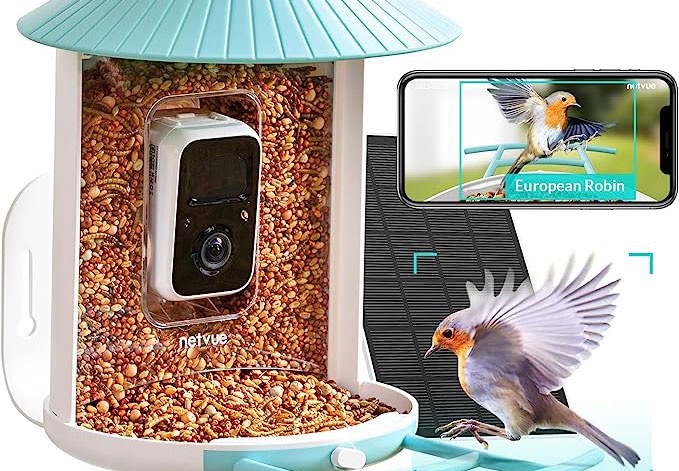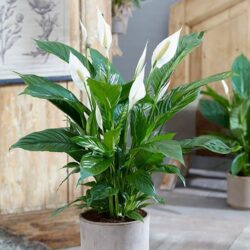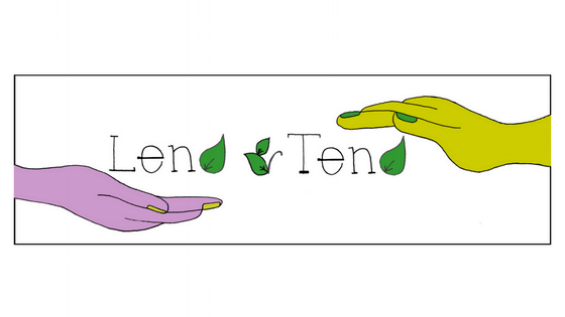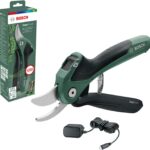Room by Room
Garden and Patio
Gardening is good for the heart and soul. It’s good for the planet (when it’s done right), and it’s great mental and physical exercise. It slows down and relaxes breathing patterns, reduces blood pressure, and helps you focus on the moment.
Check your FitBit after a good afternoon gardening — it’s not faulty! Gardening will show up on your FitBit and register amazing calorie burn and several ‘exercise’ periods.
Having access to a green space, whether you live in a retirement community or your own home, can promote physical activity and exercise, helping you stay agile and flexible. Regular movement is essential for preventing diseases such as osteoporosis. Additionally, gardening has been shown to reduce stress and tension.
Gardening isn’t just about flowers and bulbs — you can grow your own organic produce, which can contribute to a healthy and balanced diet. To create a safe environment for gardening, we have compiled some helpful tips to follow.
![mileswalkden [Recovered] Graphic of older man gardening](https://afutureathome.com/wp-content/uploads/2023/07/Gardening-3x2-1-891x640.jpeg)
Growing Plants and Veg
There are plenty of plants and vegetables that are easily grown and don’t require a lot of maintenance.
In terms of flowers, you can consider peace lily and aloe vera. Peace lily thrives in a warm and humid environment, but doesn’t like direct sunlight. The only maintenance it requires is to keep its soil moist most of the time. Well known for its healing properties, the aloe vera is a succulent that doesn’t require any gardening experience or much maintenance. It only needs sunny weather and dry soil. Other popular plants that you will see in every garden are petunias, geraniums, hostas, and mint (watch this last one — it spreads like wildfire!).
Surprisingly, there are also a lot of easily grown vegetables that you can have in your garden, regardless of experience or age. Tomatoes, carrots, green beans, lettuce, spinach, cucumbers, radishes, bell peppers, and basil are all easy to grow (and cook!), and mainly need sun and water. Mrs AFAH advocates talking to plants!
A Green House can be a safe sanctuary for this wonderful hobby and can be fitted out with seats and handles to make things easier.
Garden Share
If space allows, you could ask someone to take some of the house’s garden for their own gardening needs in exchange for sharing its management.
They get a garden and yours gets maintained! Here is an organisation that can help you find someone to work in your garden, or a garden for you to work in. Lend and Tend can help you find a garden, and possibly a new friend, in your area.
If you need more information about sharing safely, please look at the FAQs and their disclaimer page.
Reduce Sun Exposure

Safety Measures in the Garden
Gardening Caddies
There are many options for caddies and other tools that help you carry gardening equipment around with ease. You can find everything from nifty rotating garden kneelers, to seats and kneeling pads.
Power Pruners
Arthritis and other issues can make pruning a difficult job. Fear not, Tech to the rescue again as we can get help with Power Assist Technology. They say – “it effortlessly cuts branches up to 25 mm thick, reducing stress on the hand, unlike manual secateurs. Power assistance kicks into action, as soon as resistance is sensed. A long-lasting 3.6 V battery provides up to 450 cuts on a single charge for flexible, cordless mobility to cut anywhere in the garden.” I say anything that keeps us working in the garden safely is a plus.
Pathways and Garden Terrain
Pathways with firm, level surfaces are easier to move on, especially for those with mobility issues or wheelchairs. Remember, lawns don’t necessarily need to be watered every week. You could consider reducing the amount of lawn you have, and wood or metal edging can reduce the need to hand trim.
You may want to consider more hard landscaping and pathways to reduce maintenance. Artificial turf stays green year round and requires no attention at all. Slow-growing shrubs and ground cover plants can also add colour and interest to your garden but need attention only once or twice a year.
Bird Tables and Bird Feeders

Bird Feeders can add an interesting aspect to a garden, bring nature closer to you, and refilling them provides a reason to get off the sofa! If getting out becomes too much, there are great options to bring the birds to you.
These wonderful bird feeders attach to your window to provide a close-up view of the local avian wildlife.
Other ways to enjoy your garden wildlife come via a bit of modern kit. These products let you see exactly what happening through your phone. These clever bird feeder cameras can automatically capture and record all visiting birds, notifying you in real time, so you’ll never miss out on a visitor.
I’m getting the NETVUE one for Christmas this year…
Specialty Tools
Be sure to consider your own mobility as there are gardening tools suitable for different needs. For example, if you use a wheelchair, long-handled tools would be ideal for you, whereas shor-handled ergonomic tools are suitable if you simply require an improved grip and comfortable handles. Use tools with long handles in order to avoid stooping. Make sure tools are light in the hand and safe to use.
Try this Garden Tidy large dustpan, rake, and brush set from Red Gorilla, to tidy without bending down.
We like this telescopic broom.
We’re also a fan of this long weed pulling tool.
Finally, we like this nifty stool with wheels.
Sensory Gardens
Sensory gardens are great for older people living with dementia or sensory impairments. Scents from Sweet Peas, Pelargoniums, and Roses can stimulate memories. Touch can be stimulated from Stachys byzantina (Lamb’s ear), tree barks, and ferns. Verbena, rosemary, and mint all release scents when touched, as do lavender and sage. The garden can provide lovely sounds by planting grasses or popping seedheads like Love-In-A-Mist. All will encourage birdsong, butterflies, and bees for an idyllic English country garden.
Raised Beds
Repeated bending and kneeling in the garden can be troublesome. Raised beds in your garden can keep you actively gardening while reducing fall risk. Planting, weeding, and harvesting is much easier and keeps you safer.
Vertical Gardening

If you live in a flat or an urban area, garden space can be difficult to find. Why not consider growing plants in window boxes, hanging grow bags, or in pots that use poles or trellises? You can grow tomatoes, squash, cucumbers, and beans by putting them on a vertical space. The same goes for climbing roses, honeysuckle, and clematis. This will also reduce the walking space you need to cover when tending for your garden or watering. Moreover, vertical gardening helps you avoid bending and kneeling. You could even go Hydroponic!
Fencing
Consider having a fence over growing a hedge as a border at the edge of your property. Hedges grow fast and require a lot of maintenance – from watering to trimming. Fencing options are available in any size, colour, and shape — from modern to traditional. Moreover, you can use the fencing to create a vertical garden!
Watering
Apps and Resources
Here’s a list of apps that are often recommended for older adults:
- My Home Helper – A simple-to-use tablet computer that doesn’t need any interaction from the user. All the features simply appear without having to touch or press anything.
- Pill Reminder Pro – This handy app sends a daily text message reminder to take the right medication at the right time.
- Imutt – iMutt is your chance to look after an impossibly cute virtual rescue dog for five days.
Note: AFAH is only providing information about these apps, and provides no specific recommendation or endorsement of any.






